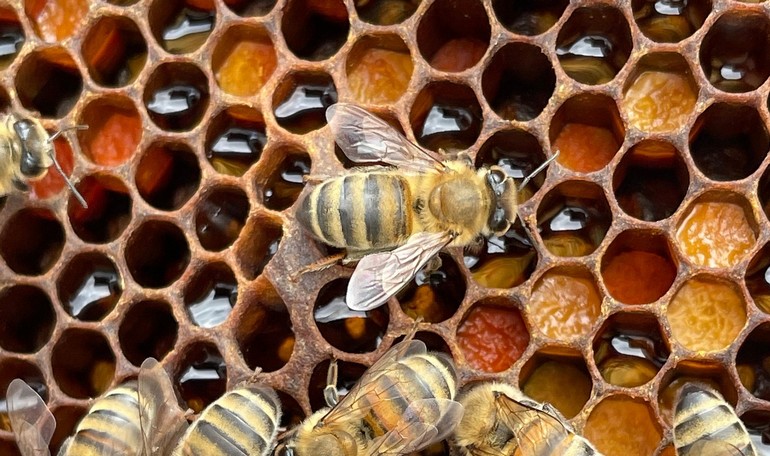The word from the nutritionist
The buckwheat
The buckwheat was introduced in Valtellina in 1600 and it has become one of the most important vegetable for this land. The typical “black flour”, used in Valtellina cuisine for cooking many typical dishes, comes from this cereal.

The buckwheat (Fagopyrum esculentum) is a flowering plant that appertains to the Polygonaceae family. The cultivation, original from Siberia and Manchuria, was spread in China during the X century and it was introduced in Occident during the Middle Ages. In Valtellina it was introduced in 1600 and it has become one of the most important cultivation of this land.
Different from the “real cereals”, the buckwheat proteins have a high organic value, in fact, they contain the optimal proportion of the eight essential aminoacids (the “real cereals” have a low quantity of lysin). The buckwheat flour doesn’t contain gluten and for this reason it’s suitable for the celiacs. It is also rich in fibres and in minerals, manganese and magnesium in particular.
The typical “black flour”, used in Valtellina cuisine for cooking “pizzoccheri”, ”sciat” and “polenta nera”, comes from this cereal. In the cuisine art the buckwheat is used in different ways: its flour to cook many dishes (gnocchi, crespelle, bread, pasta, cakes) and its seeds, without the rind, to prepare macrobiotic dishes (soups, salads and rissoles).
Published 01 October 2016





